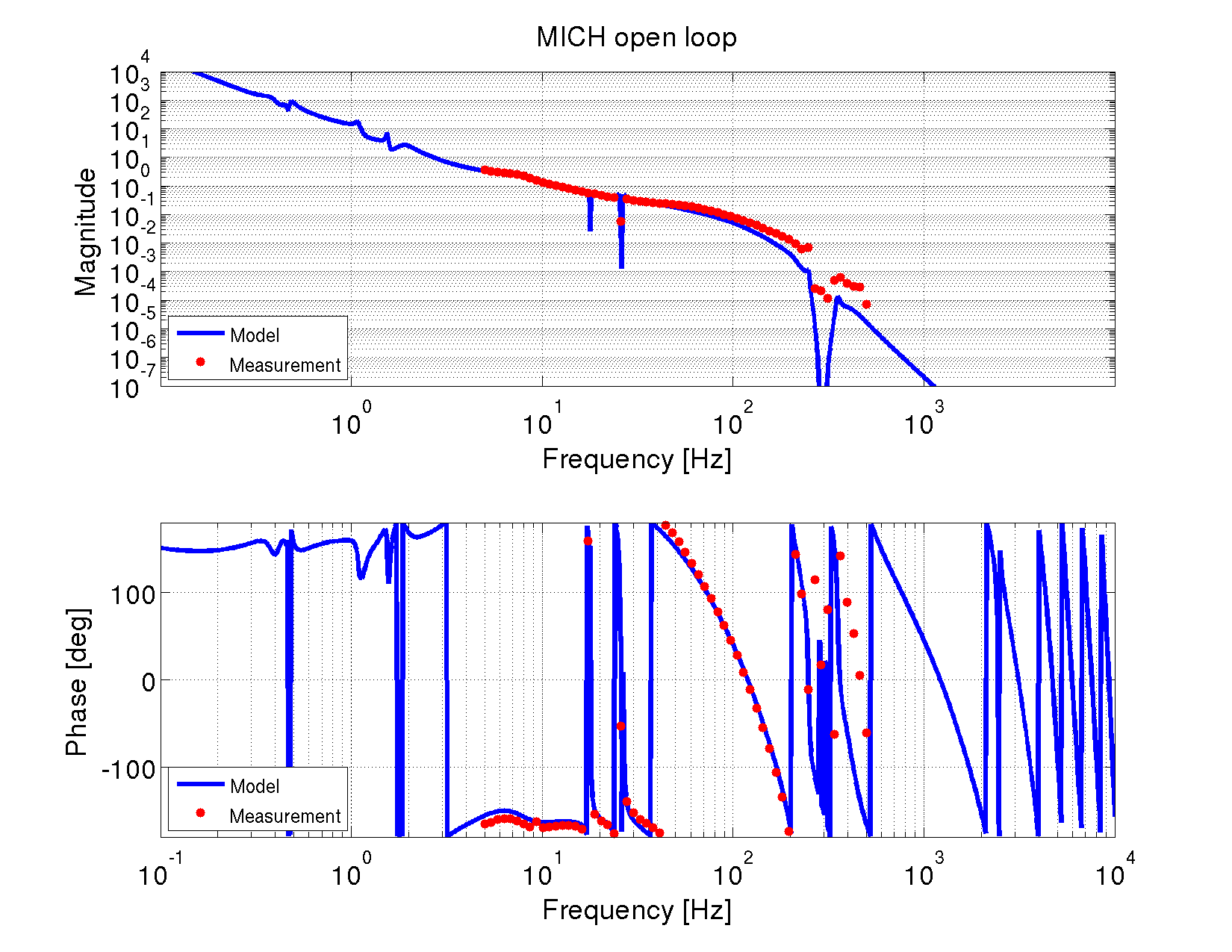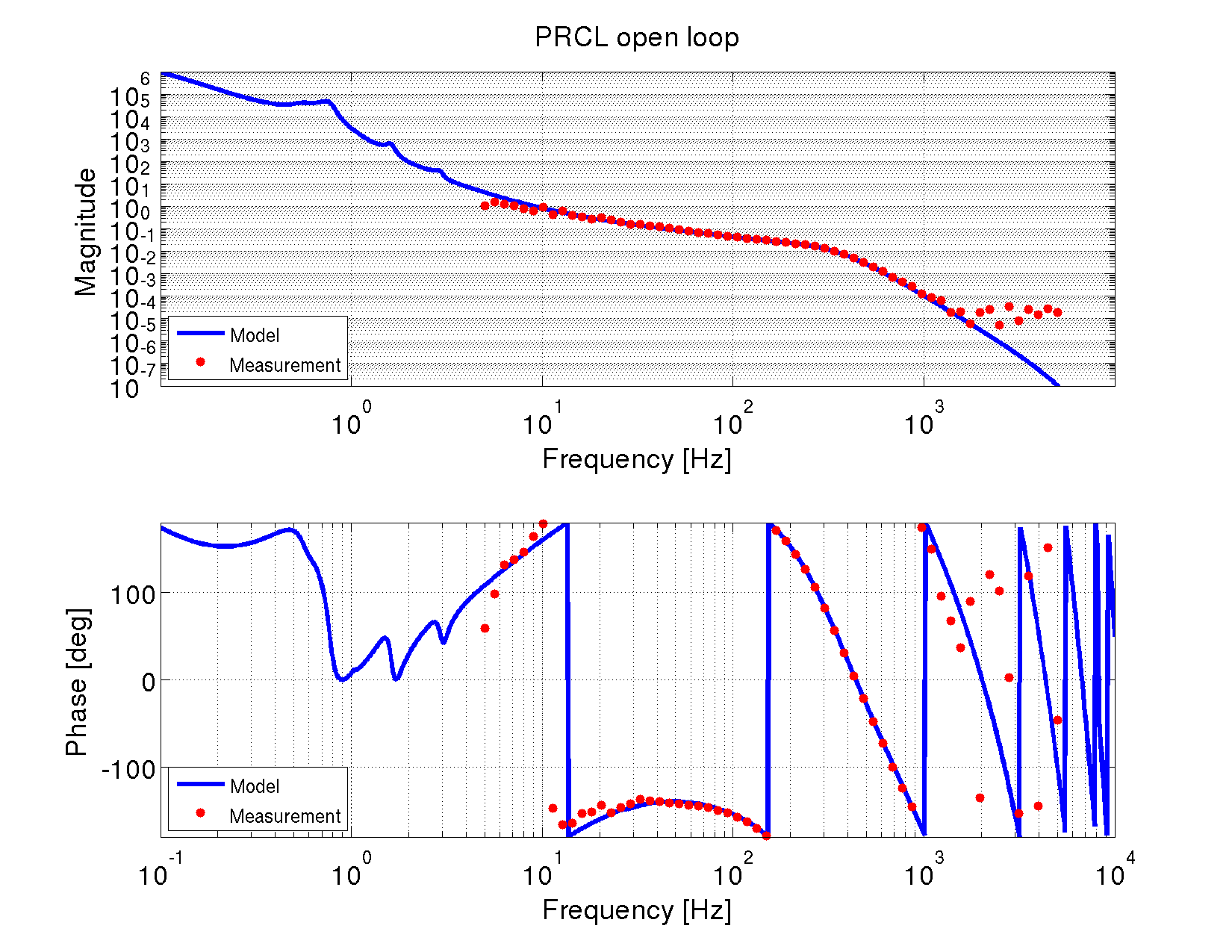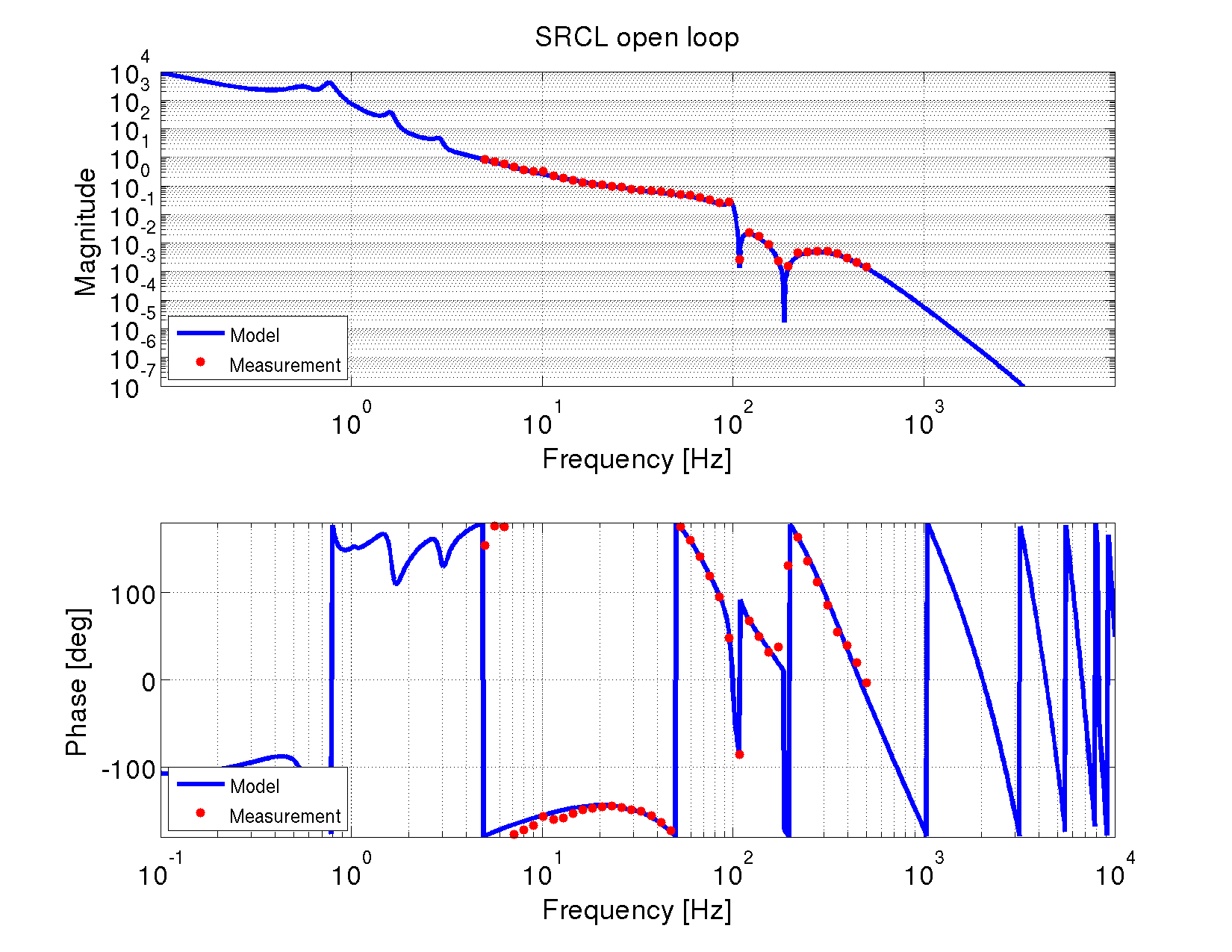All times are Pacific Standard Time:
All locks are at 24W LASER Power:
Tried to reset the R0 water pump twice. No luck. It will remain off until Bubba can look at it on Monday morning.
IFO wasn't re-aligned all day. AS Air image had a bit of a bulge to it. It didn't seem to matter...much.
07:30 in a bit early. I was up. Why not?
07:31 Dan on site from last night. Looks like we had a nice 6-7 hour lock. Bounce, Roll and violin modes have been mercilessly beaten down to almost nothing and Dan sauys this is now the status quo. NICE!
08:17 IFO re-locked. Dan and I re-tweaked some bounce mode filters and did some dithering alignment to the OMC Intent bit set to undisturbed.
09:03 Jeff Kissel on site.
09:08 OIB set to comissioning
09:10 Jeff increasing DARM gain. (was too low)
09:24 OIB set to UNDISTURBED
10:25 Dan went home. He reduced the OMC dither gain in Guardian before he left because he noted that it was pushing a bit to hard on the mass.
10:30 went out to try and reset the RO pump. no luck.
10:35 Jeff noted that a small plane flew overhead.
11:02 Bubba called in about the RO pump status. The alarm is NOT ringing in the control room and he said the pump can stay off the rest of the day and he'll look at it tomorrow. Unless it becomes a nuisance ro we run out of potable water..don't worry about it.
11:54 Jeff went home. I'm singular.
12:00 ripples showing up on strip tool, probablty as a result of the 5.0 mag quake that struck the Aleutians at 18:07:45UTC? ( i don't think the timing is coincidental enough)
12:10 Got some SRM vocalizations, AS Air cam got a bit jittery but she's holding steady as a rock!(famous last words?)
12:50 HPI-PUMP_EX_DIFF_PRESSURE alarmed (Yellow).
13:39 both ITM oplevs and the BS oplev are showing oscillations in Pitch ~15min prior and also starting to wander up and down.
13:42 Lockloss. OIB auto-switched off.
13:56 Re-locked @ DC readout
14:10 Set the gain on ETMX_M0_DARM_DAMP_R to 200 to improve roll mode after lock settled awhile. Turned on DHARD_P filter 9 (:12^2) because Dan told me that it was a good idea. No Dither align on OMC this lock.
14:14 OIB set to UNDISTURBED
14:40 Oplevs starting to show "ringing" . This time it seems to be ETMY being the biggest offender with ITMY and ITMX tied for second place. The BS doesn't seem to be involved in this heat.
14:54 Lockloss
15:10 Re-locked. Adjusted/Engaged filters as before except turned gain on ETMX_M0_DARM_DAMP_R up to 500. I intitially set the gain at 300( then changed it to 500 after the intent bit was set) I then turned on dither alignment to OMC @ .07 master gain. Range about 58Mpc.
15:59 ETMY oplev showing large oscillation again. Lockloss. All yours Jeff.









































